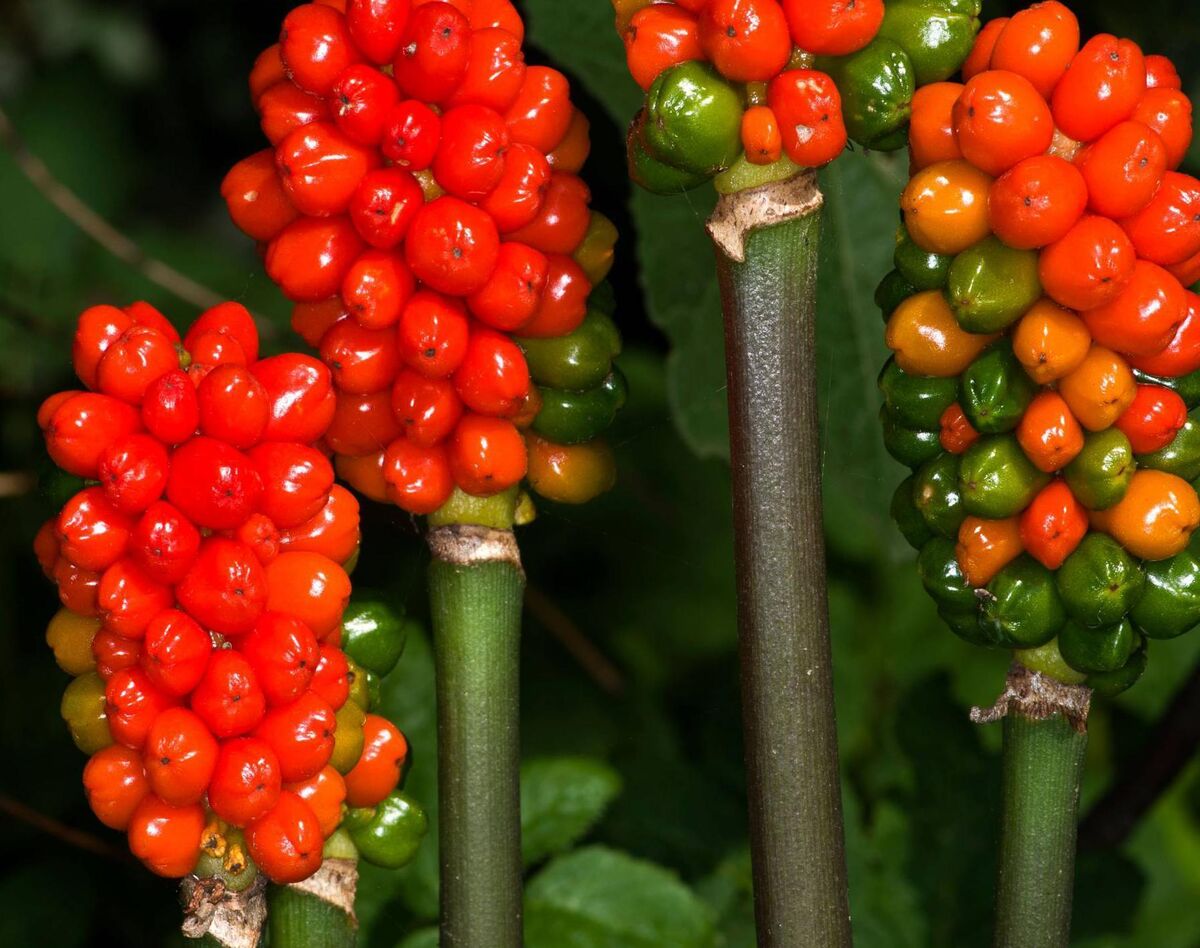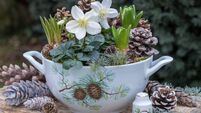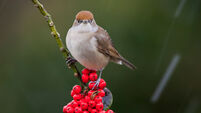Revealed: The deadly plants gardeners and foragers need to know about

The toxic plant hemlock water dropwort. Pictures: Alamy
In pre-Roman times on the Mediterranean island of Sardinia, legend has it that Phoenician settlers used a poisonous plant called hemlock water dropwort for the ritual killing of elderly people and the execution of criminals.
The toxin caused the victim to grimace in a sinister sardonic smile brought on by a spasm in the muscle of the face, described in ancient Greek texts as "risus sardonicus", better known now as a rictus grin — but it was far from funny.
Eating the plant caused convulsions so severe that, as well as a fixed grimace, some victims suffered locked muscles, dilated pupils, hallucinations, sweating and breathing problems, while among the worst cases, heart attacks or other organ failures led to death.
This is just one of the grisly examples given in , a tome of toxic tales by expert gardener, podcaster and author Jane Perrone, from medieval scammers peddling white bryony roots, to the Roman soldiers felled by rhododendron-poisoned honey. Some of the plants she features can be found in this part of the world.
This one's from the carrot family of umbellifers, sharing the same landscapes as wild celery and wild parsnips and growing in damp places, including marshes, streams and ditches, growing up to 1.5m tall and producing pretty flowers that look like cow parsley. “The problem is that members of the carrot family all look fairly similar," says Perrone.
"Wild carrot and wild parsnip look quite similar to some very deadly species, and even experienced foragers are often quite reluctant to touch this family of plants because if you make a mistake, it can be pretty deadly."
“The main thing people want to forage is wild garlic. Unfortunately, people mistake all sorts of plants for wild garlic. “’Lords-and-ladies’ (Arum maculatum), which has many different common names (including cuckoo-pint), is mistaken for wild garlic. “When it emerges in the spring, it produces these arrow-shaped leaves, which can be mistaken for wild garlic.
"It shouldn’t be, because wild garlic has a really distinctive smell, but somebody who hasn’t done enough research or been out with foraging experts can make this mistake.”

It tastes horrible and not remotely like wild garlic, so hopefully people would notice before eating it, she adds. “It grows in hedgerows, so if you are in any sort of rough areas of land at the side of weeds, it will be at the bottom of the hedgerow with these arrow-shaped leaves and very distinctive structure, which looks a bit like an arum lily.”
If you cut any of the plant open and rub the sap against your skin, you will burn yourself, Perrone warns. “It has little red berries — and kids are attracted to bright things. Sometimes they pick and eat them, but they taste very bitter, so hopefully most children spit them out before too much damage is done.”
If you’ve ever been to a churchyard, you’ve probably seen a yew tree. "They are intimately associated with death and resurrection. As a tree, all parts of the plant are poisonous,” says Perrone.
“The little red berry-like arils, which are the fruit, sit around this very toxic seed. The chemicals inside have been called a veritable ‘Pandora’s box’ of compounds. But the main ones, taxine alkaloids, basically cause the heart to malfunction.
“You get arrhythmia and slowing of the heart. Scientifically, they are basically blocking the sodium and calcium channels in the heart. The seeds are extremely poisonous, and there’s no antidote.”
People don’t understand that plant poisonings don’t look like they do in the movies, adds the author — "when you see somebody take something and then seconds later they’re on the ground": “That’s not how the vast majority of plant poisonings happen. Many of them start with gastrointestinal symptoms, such as nausea, vomiting, and diarrhoea. There may be a gap of anything from a few minutes to a few days.

“In the case of a couple of mushrooms in the book, it’s up to two weeks before the toxins really get to work, so if you’ve forgotten that you’ve eaten something two days earlier, or maybe instead of picking wild garlic you’ve accidentally picked mandrake, you might think you’ve got a tummy bug.”

“This is absolutely horrendous because basically you start feeling better and your gastrointestinal symptoms start to feel back to normal, but unfortunately, your body at that point is really in trouble because the toxins are making their way to your organs.
“Doctors have a real problem with plant poisonings because they can look like so many other things.”

The book is not a call against foraging, stresses Perrone, who herself runs a foraging group on Facebook. “Incidence of plant poisonings is massively less than it used to be. Five per cent of human poisoning cases reported to poison control centres in North America and Europe are related to plants, so you are much more likely to be poisoned by carbon monoxide in your house, or by household chemicals.
“Now we’re much more educated,” she continues, still urging people to be vigilant.
“There was a case in 2002 reported in the where eight people on holiday in Argyll, Scotland, ate varying amounts of curry containing what they thought were edible roots, which were later identified as hemlock water dropwort. “All suffered poisoning symptoms, but four needed hospital treatment after experiencing seizures and convulsions.
“My massive warning is you need to be educated because not every plant is edible, and just because you think you recognise something, you need to be 1,000% sure that the plant you’re foraging is the right one.”

“As a general rule to parents, I taught my children from before they could speak that they can’t eat anything unless they ask Mummy or Daddy,” says Perrone.
“A lot of plant poisonings happen when somebody in a group who’s gone foraging says, ‘Oh yes, I know this plant, it’s ‘X’ and everyone goes, ‘Oh, great’. But actually, that person doesn’t know. That’s quite a common scenario for foraging accidents.
“I don’t want to put people off foraging together, I just want them to go out with full knowledge and to be genned up.”
- by Jane Perrone is published in hardback by Greenfinch











